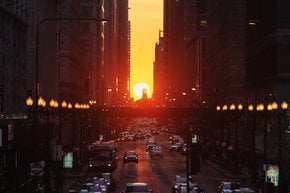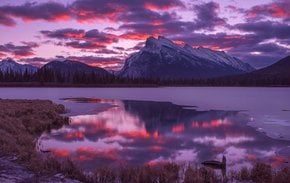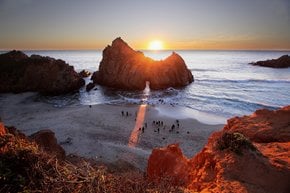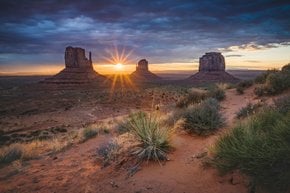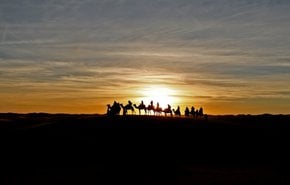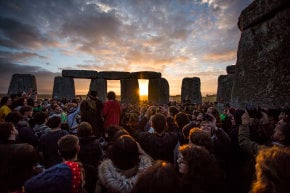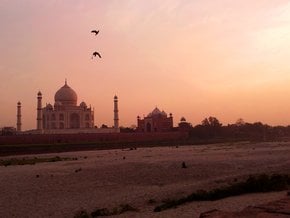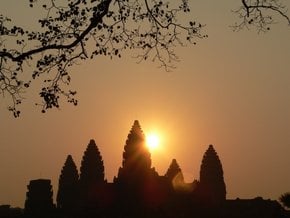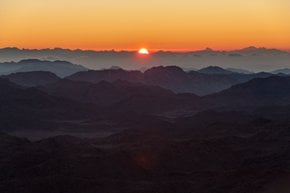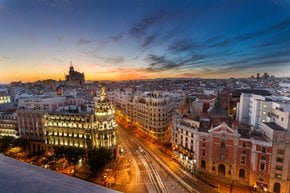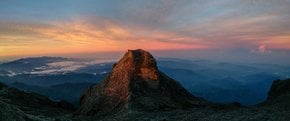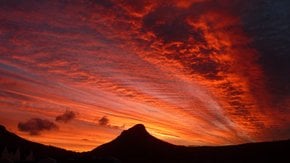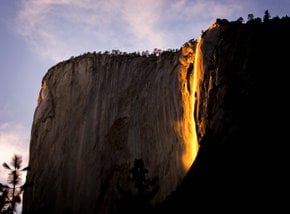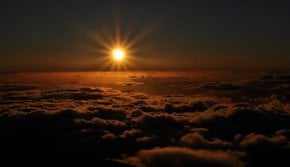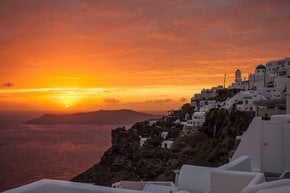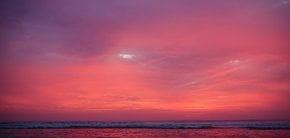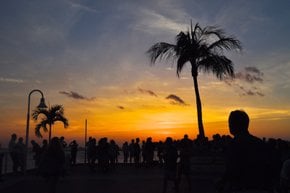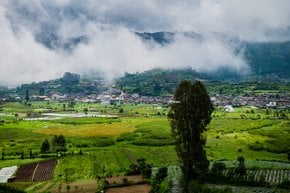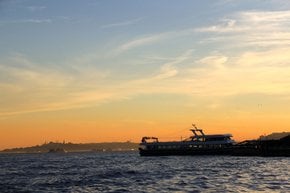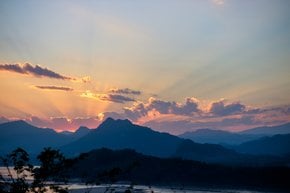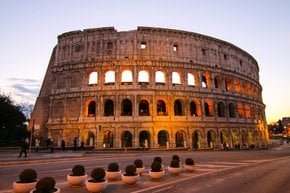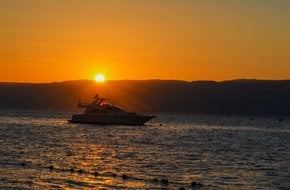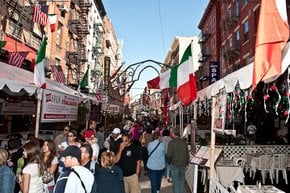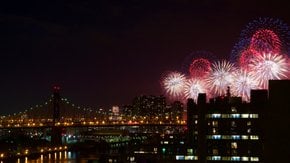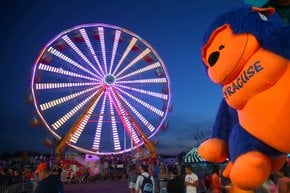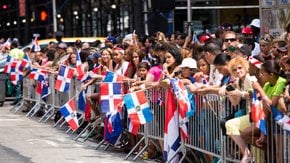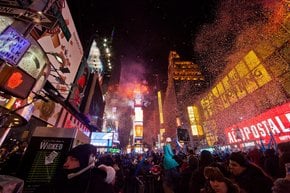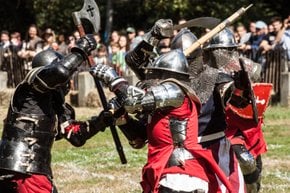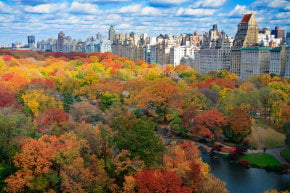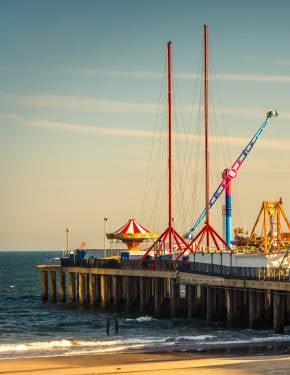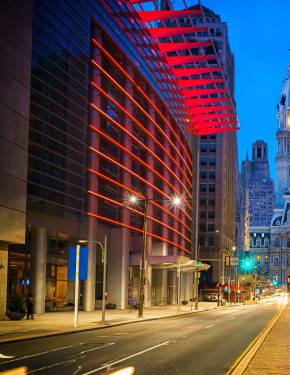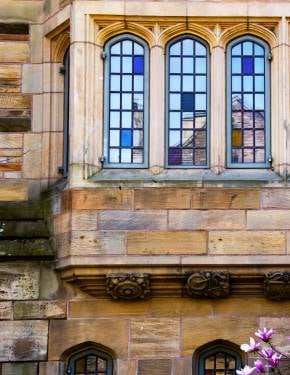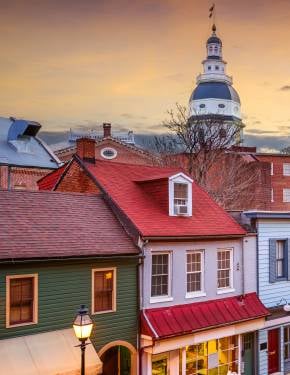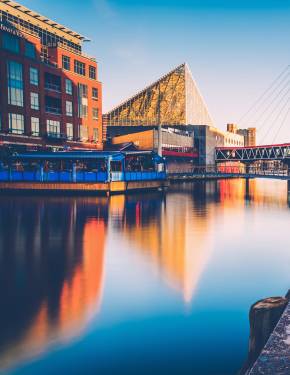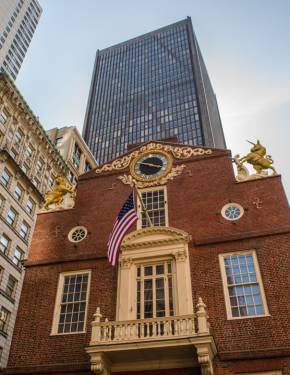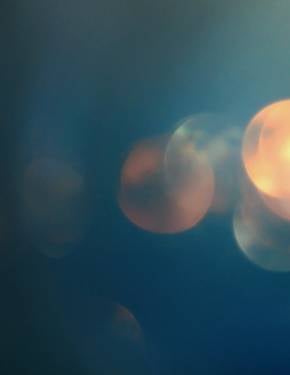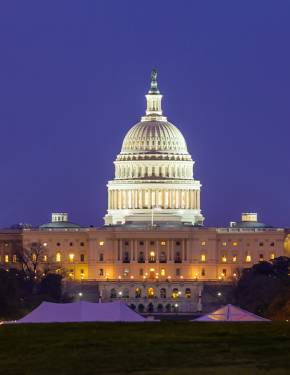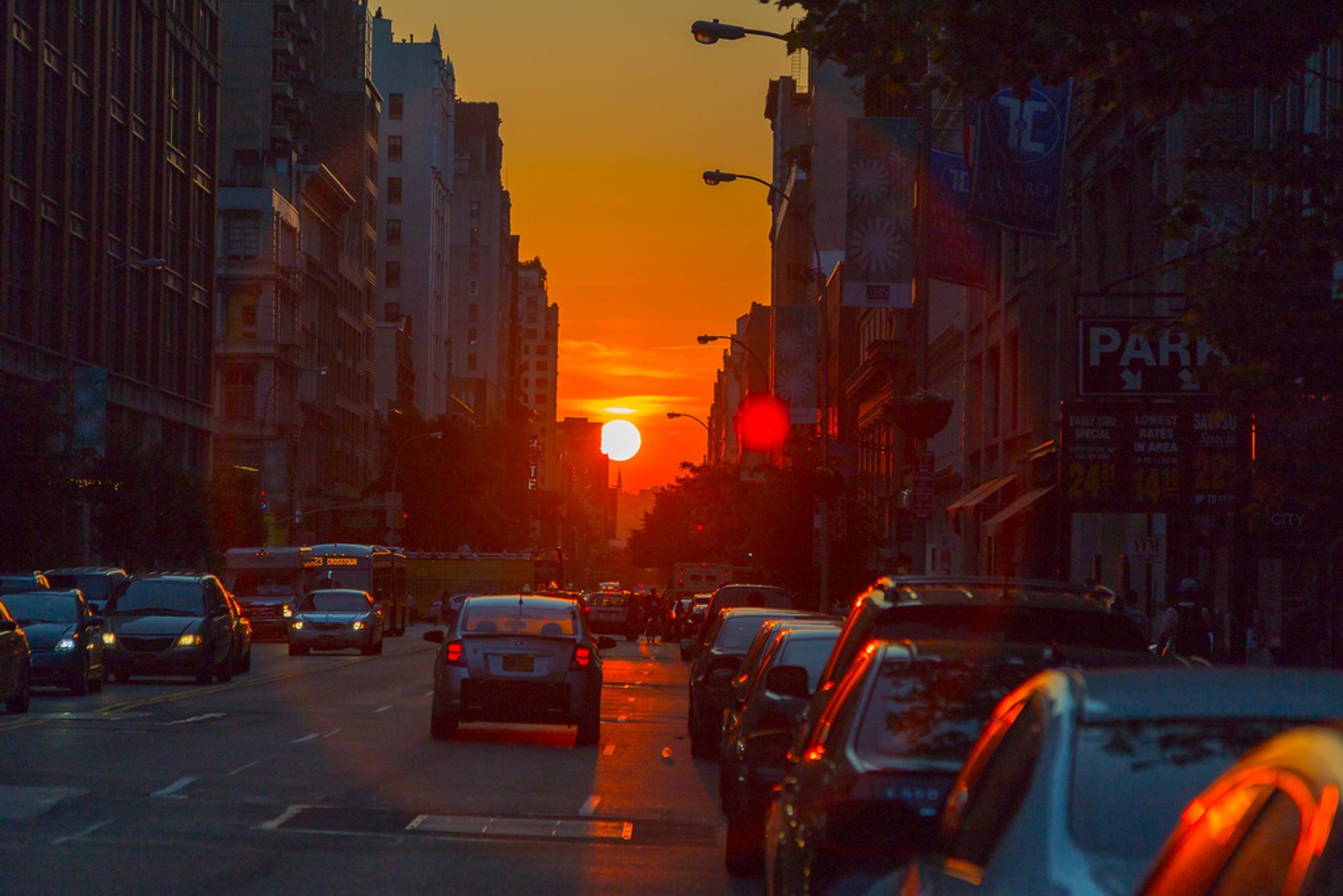




Las puestas de sol y amaneceres de la ciudad de Nueva York son impresionantes durante todo el año, pero nunca mejor que en Manhattanhenge. Debido a que nuestro planeta está constantemente rotando, el sol se pone y se levanta en un ángulo diferente cada día. La cuadrícula rectangular de Manhattan permite que el sol se alinee con la Tierra exactamente entre sus rascacielos solo cuatro veces al año, dos veces en el atardecer de Manhattanhenge, y también dos veces más en el amanecer de Manhattanhenge o Reverse Manhattanhenge. Multitudes llenan las calles de la ciudad de Nueva York para presenciar el increíblemente hermoso fenómeno que fue descubierto por Neil deGrasse Tyson.
Mejor momento para ver Manhattanhenge
El momento más popular para ver el Manhattanhenge ocurre al atardecer a finales de mayo y mediados de julio, típicamente el 28-29 de mayo y el 12-13 de julio después de las 8 pm. Sin embargo, las fechas y horas exactas podrían diferir ligeramente debido al año bisiesto. Así que considera revisar los informes más recientes al planificar tu tarde de verano más memorable y pintoresca. Este año, el 28 de mayo y el 13 de julio, tendrás la oportunidad de presenciar la mitad del sol sobre el horizonte. Y si deseas ver el disco completo alineado con los edificios de Manhattan, haz planes para el 29 de mayo y el 12 de julio.
Manhattanhenge al revés
Mejores lugares para ver el Manhattanhenge en Manhattan
Si te estás preguntando dónde ver el Manhattanhenge, las ubicaciones también están listadas aquí. Echa un vistazo a los mejores lugares para presenciar espectaculares puestas de sol de verano: 14th St & Broadway (cerca de Union Square); 23rd St & Broadway (cerca del Edificio Flatiron); 34th St & Fifth Avenue (cerca del Empire State Building); 42nd St & Third Avenue (con excelentes vistas del Edificio Chrysler y el Viaducto de Park Avenue donde cruza sobre la 42nd St); y por último 57th St & Eighth Avenue (cerca del Edificio Hearst). ¡Coge tu cámara y encuentra un lugar con una bonita vista para tomar algunas de las mejores fotos de tu vida! Sin embargo, si visitas durante el invierno, espera a que salga el sol en la 5th Avenue y la 41st Street.
Información práctica
What day is Manhattanhenge?
Manhattanhenge sunset: May 29 Half Sun on the grid; May 30 Full Sun on the grid; July 11 Full Sun on the grid; July 12 Half Sun on the grid. Manhattanhenge sunrise: November 29–30 and January 11–12. Mostrar más
Why is it called Manhattanhenge?
The word “Manhattanhenge” is a word blend of "Manhattan" and "Stonehenge." The term was coined by Neil deGrasse Tyson, a world-known astrophysicist and a native New Yorker. He was inspired by his childhood visit to Stonehenge, a prehistoric monument in England where stones are aligned with the sun at a particular time of the year. Mostrar más
How often is Manhattanhenge?
Manhattanhenge sunset occurs four times a year: at sunset on May 29–May 30 and July 11–July 12, and at sunrise on November 29–30 and January 11–12. Mostrar más
What street is Manhattanhenge?
Manhattanhenge sunset: 14th St & Broadway (close to Union Square); 23rd St & Broadway (close to the Flatiron Building); 34th St & Fifth Avenue (close to the Empire State Building); 42nd St & Third Avenue (with great views of the Chrysler Building and the Park Avenue Viaduct where it crosses above 42nd St); 57th St & Eighth Avenue (close to the Hearst Building). Manhattanhenge sunrise: 5th Avenue and 41st Street. Mostrar más

